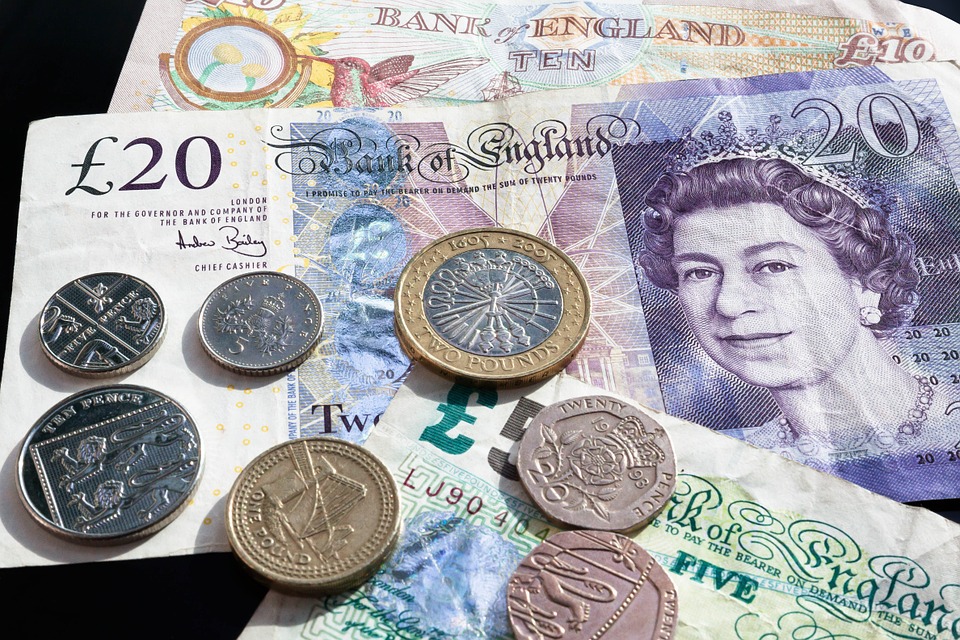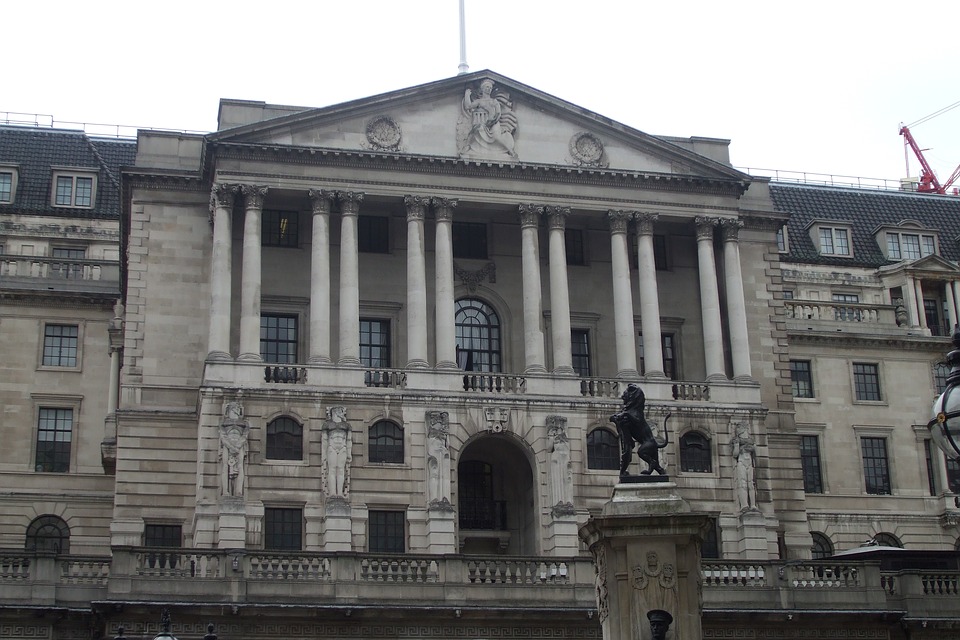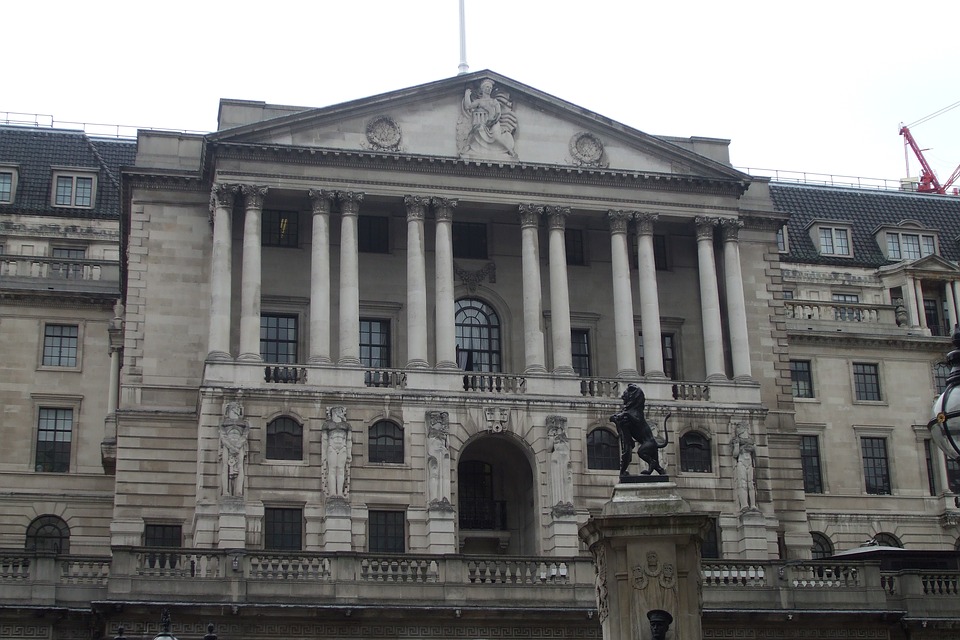Bank of England Governor Mark Carney surprised investors last week when he hinted that interest rates might not go up next month – but economists say it would be wrong to rule out an increase.
‘Forward guidance’ about central bank policy intentions was Carney’s signature policy when he arrived at the BoE from Canada in 2013. Yet even now, as he nears the end of his British sojourn, financial markets are still trying to figure him out.
“The Bank of England has been behaving like the Grand Old Duke of York,” said Lena Komileva, managing director of G+ Economics, likening Carney to the commander mocked in a British nursery rhyme for leading troops pointlessly up and down a hill.
Since the second half of last year, the BoE has warned that Britain’s economy is at risk of persistent inflation even as the approach of its exit from the European Union causes growth to lag that of other rich nations.
The BoE raised rates in November for the first time since 2007, and in February Carney and his fellow rate-setters said interest rates might need to rise slightly faster than the bank judged that markets were expecting.
In March, two members of the BoE’s Monetary Policy Committee voted for a rate rise and economists were confident an MPC majority would back a rise to 0.75 percent in May.
This all changed on Thursday when Carney alluded to “mixed data”, differences of opinion on the MPC and the possibility of rate rises later in the year in a BBC interview.
Sterling tumbled by more than a cent, short-dated bond yields recorded their biggest fall this year, and financial markets chopped the odds on a May rate rise to less than 40 percent from 65 percent before, according to Thomson Reuters calculations. BOEWATCH
PREVIOUS JOLTS
Investors should not lose track of the bigger picture, said Mike Amey, a fund manager at PIMCO, the world’s largest bond investor, as market pricing of the chance of a May move crept back up to around 50 percent.
“Whether they hike in May or not is an open question,” Amey said. “But we think the underlying momentum in the economy is holding up quite well, and therefore that in due course we will see higher rates than are currently priced in for the next couple of years.”
PIMCO expects BoE rates to rise once or twice both this year and next – compared with the single rate rises in November 2018 and August 2019 factored in by markets.
April purchasing managers’ surveys from British businesses will probably be more important for the BoE’s May decision than the weather-affected preliminary first-quarter gross domestic product figures on Friday, Amey added.
Overall, the economy has held up better than most economists expected after the June 2016 Brexit vote, despite lagging the global rebound. And the high inflation that hit consumer demand last year is slowing as sterling recoups some of its losses.
Unemployment has fallen to a 43-year low of 4.2 percent, and a record proportion of Britons are in work.
Komileva said she saw little case to delay a rate rise.
“If the Bank were to miss May, it would create serious questions about … what it would take for them to move again,” Komileva said.
The BoE’s signals on rates felt more arbitrary than those of the U.S. Federal Reserve or the European Central Bank, she said.
Fed policymakers make individual projections for rates while ECB President Mario Draghi regularly offers hints on policy.
This is not the first time markets have been jolted by Carney. In 2013 the BoE linked policy to the jobless rate, only for unemployment to fall far faster than policymakers forecast. And in mid-2014 and mid-2015 Carney suggested rates might rise sooner than markets expected – only to backtrack both times.
Just two months ago, Carney had said he felt he could stop giving hints on rates because markets understood the BoE’s thinking well enough to draw their own conclusions.
After that, Brexit worries eased as Britain secured an outline Brexit transition deal until the end of 2020, and economists said signs of economic weakness were the result of freak snow storms, adding to the sense that another rate hike was coming.
WAITING FOR WAGES?
The missing piece of the picture for the BoE is wage growth, the key factor for inflation pressure. At an annual 2.8 percent, wage growth is roughly in line with BoE expectations but remains weak by historic standards, especially given low unemployment.
Former BoE policymaker David Blanchflower thinks the central bank should hold off raising rates and look harder at the number of people in part-time work but who want to work longer hours, suggesting wages are unlikely to pick up sharply.
The BoE might feel it has more time to see if wages rise after a bigger-than-expected fall in inflation in March. Furthermore, sterling’s recent recovery should curb inflation pressures.
Even Michael Saunders – who voted for a rate rise last month and looks set to do so again – has said the muted response of wages to the fall in unemployment defied simple formulae.
For now, economists are still trying to gauge whether Carney’s comments were a warning that rates are unlikely to rise in May.
Alan Clarke at Scotiabank, who has dropped his forecast of a May rate rise, said they were probably intended to stop MPC members feeling they were committed to a hike next month.
Komileva said they might have the effect of dissuading wavering MPC members from backing a rate rise for fear of wrong-footing markets again.
But HSBC economists Simon Wells and Elizabeth Martins – who for now are holding with their view of a May rate rise – said they would take the comments with a grain of salt.
“Not reacting to every word the BoE utters has been a good strategy recently. We stick to this.”
Source: UK Reuters








